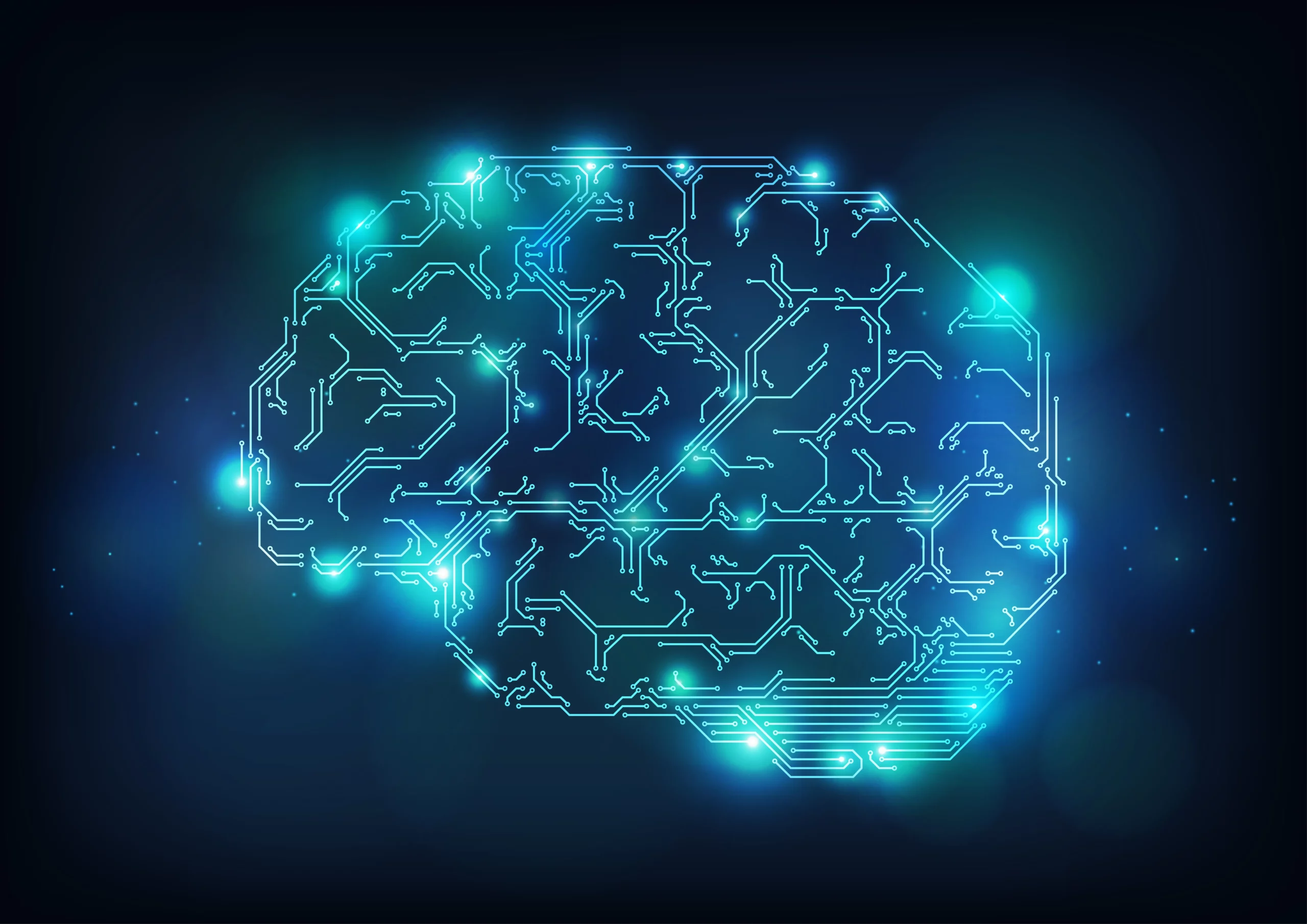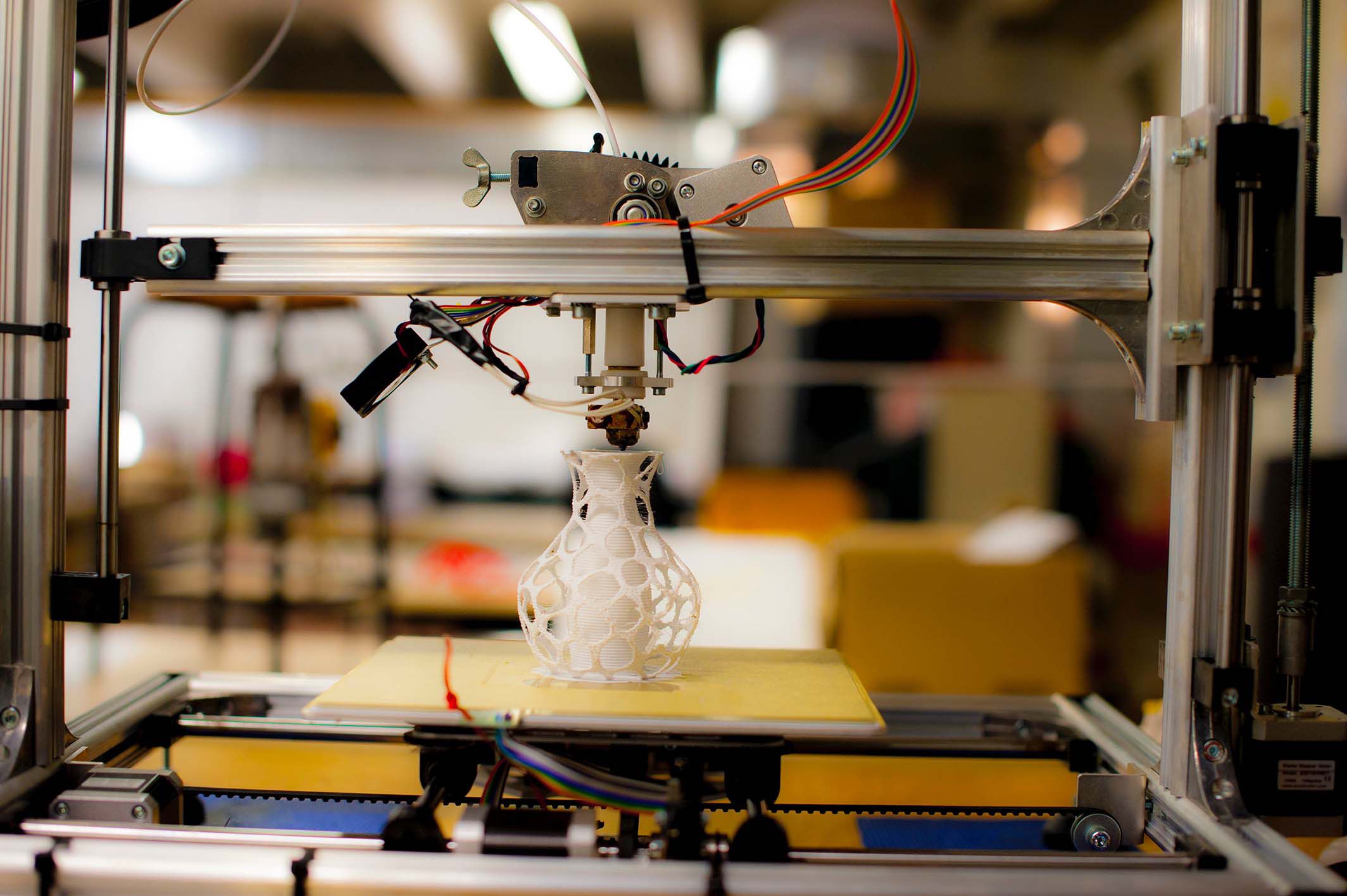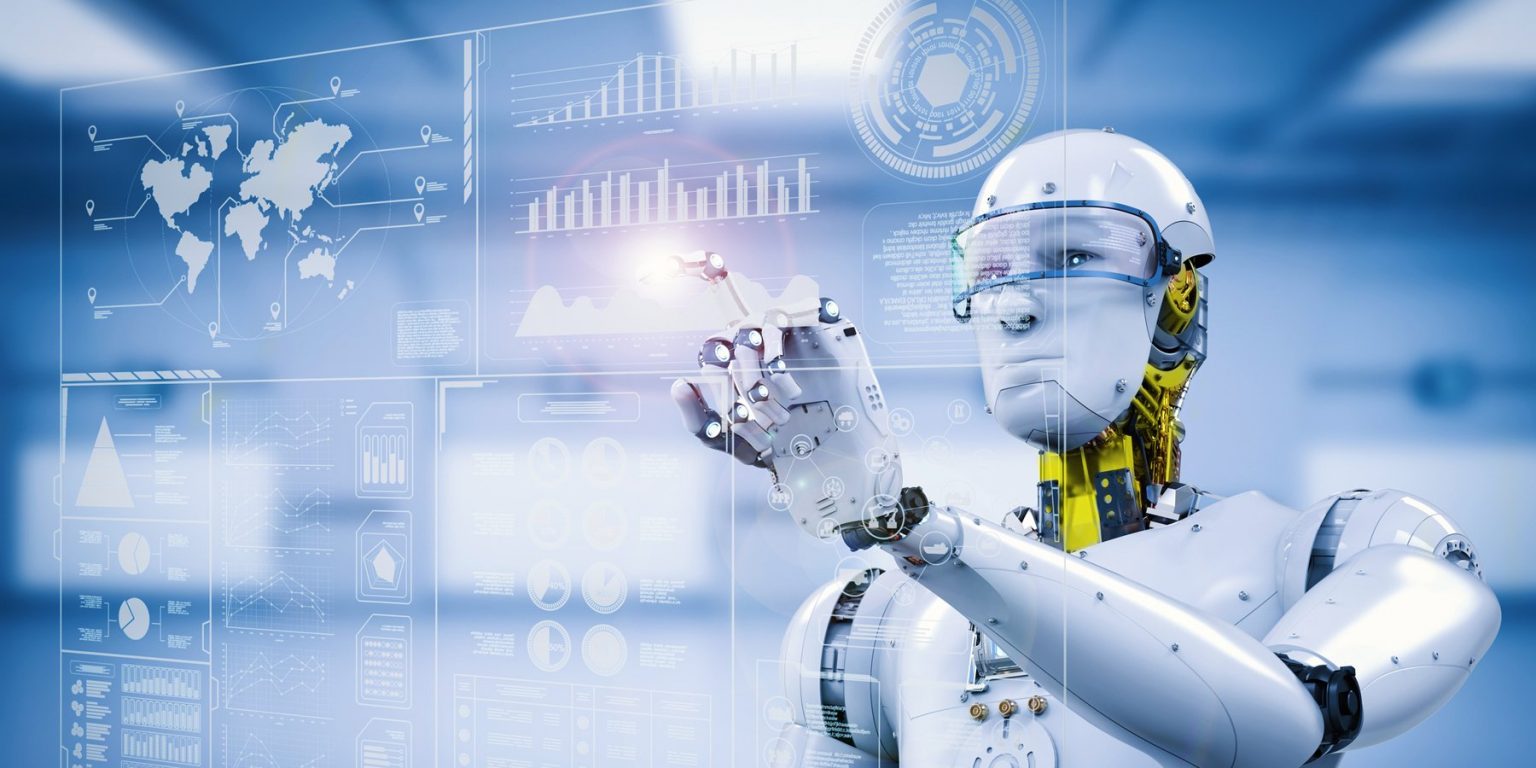Deep learning is a buzzword that has been gaining momentum in the tech industry in recent years. It is a subset of machine learning that mimics the functioning of the human brain to perform complex tasks such as speech recognition, image classification, and natural language processing. Deep learning has paved the way for many groundbreaking advancements in various fields such as healthcare, finance, and retail. In this blog post, we will take a closer look at deep learning, its advancements, and its applications in various industries.
I. Introduction to Deep Learning
Deep learning is a form of artificial intelligence that utilizes neural networks with multiple layers to learn and improve its accuracy over time. These neural networks are designed to simulate the way the human brain works, with each layer processing information and passing it onto the next layer. Deep learning algorithms can analyze vast amounts of data, identify patterns, and make predictions or decisions without human intervention.
II. Advancements in Deep Learning
The advancements in deep learning have been staggering over the past few years. One of the most significant breakthroughs is the development of generative models, which can create new data based on the patterns and features of the input data. This has led to applications such as image synthesis, where deep learning models can create realistic images of objects or scenes that do not exist in the real world.
Another breakthrough in deep learning is transfer learning, which allows deep learning models to transfer knowledge from one domain to another. This means that deep learning models can be trained on a large dataset in one domain and then transferred to another domain with a smaller dataset, improving performance and reducing the need for extensive training.
III. Applications of Deep Learning
Deep learning has numerous applications across various industries, including healthcare, finance, retail, and automotive. In healthcare, deep learning models are used to diagnose diseases, predict patient outcomes, and develop personalized treatment plans. In finance, deep learning is used to detect fraud, predict market trends, and develop investment strategies. In retail, deep learning models are used to optimize supply chain management, personalize the customer experience, and detect fraudulent transactions. In the automotive industry, deep learning is used in autonomous vehicles for object detection and lane recognition.
IV. Challenges and Future of Deep Learning
While deep learning has made significant strides in recent years, there are still challenges to be addressed. One of the main challenges is the need for vast amounts of data to train deep learning models. Another challenge is the lack of interpretability, which means that it is difficult to understand how deep learning models arrive at their decisions.
Despite these challenges, the future of deep learning looks promising. Advancements in deep learning will continue to drive innovation in various industries and lead to new applications that we have not even imagined yet.
Conclusion:
In conclusion, deep learning is a revolutionary technology that has the potential to transform various industries. Its ability to analyze vast amounts of data and identify patterns has led to significant breakthroughs in areas such as healthcare, finance, retail, and automotive. With ongoing advancements and new applications, deep learning will continue to shape the future of technology and provide solutions to complex problems.








